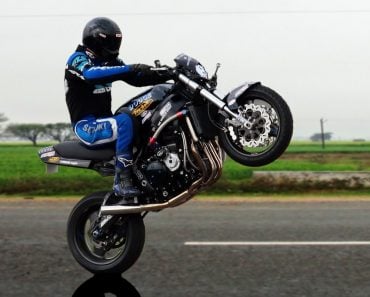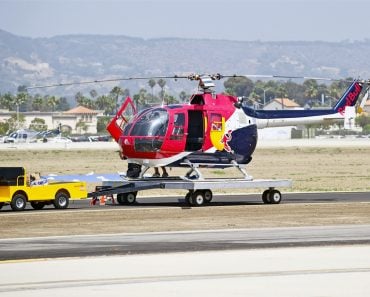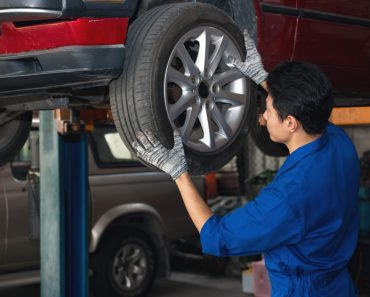Athletic wheelchairs have slanting or ‘cambered’ wheels that help in competition by improving stability and acceleration.
Despite what parathletes lose to disability, they more than make up for with their undying sportsman spirit. This sportsmanship, when supplemented with purpose-built equipment, enables them to play competitive sports without risking injury. One such piece of equipment is the parathletic wheelchair. A careful look will show you that their wheels are bent inwards, almost as though they had broken at the axle. However, they are far superior to conventional wheelchairs in terms of function.
Recommended Video for you:
Are Tilted Wheels Common?
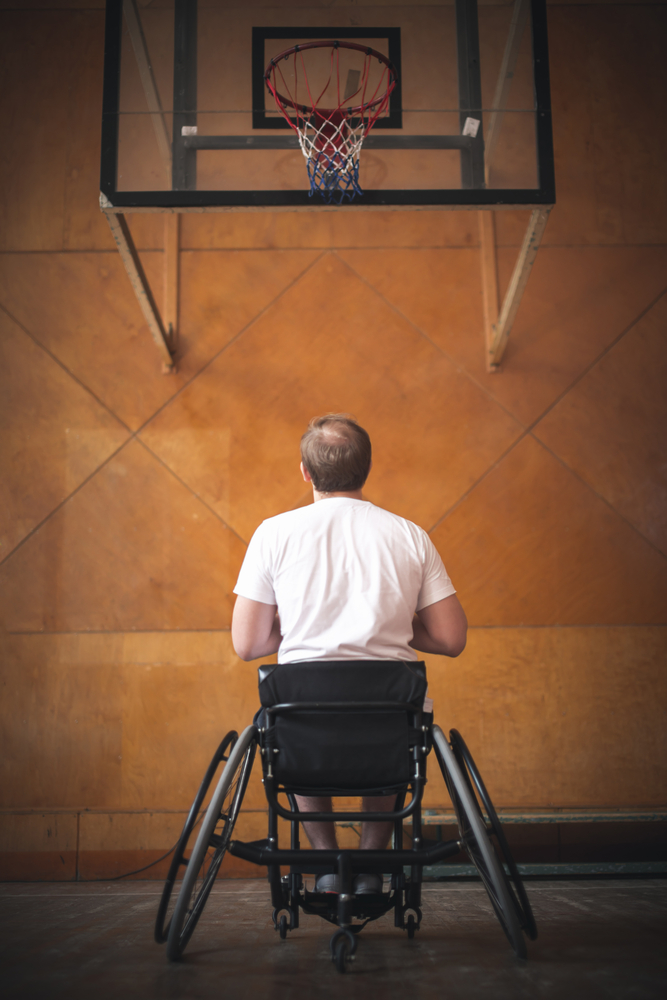
It might surprise you that wheels not sitting at right angles to the ground are a common occurrence. However, the degree of inclination is usually too insignificant to be noticeable to the unaided eye. This inclination of wheels to the axle plane is known as camber. It is introduced into the wheel assembly to account for various surfaces and traction conditions that a vehicle, including wheelchairs, must encounter.
What Exactly Is The Role Of Camber?
In an ideal world, wheels would sit at right angles to the ground, rotating perpendicular to the axle plane. However, this system is severely restricted in that it can only function flawlessly when vehicles are traveling over perfectly flat surfaces and in a straight line. The grip of the wheel due to its contact with the ground has an important role to play in this. Let’s examine this in further detail.
Wheel Contact And Traction
The contact patch of the wheel with the road, for all practical purposes, is a rectangular patch. When the vehicle is going straight, the weight of the vehicle, and consequently the frictional force due to road contact, is evenly distributed within this rectangle.
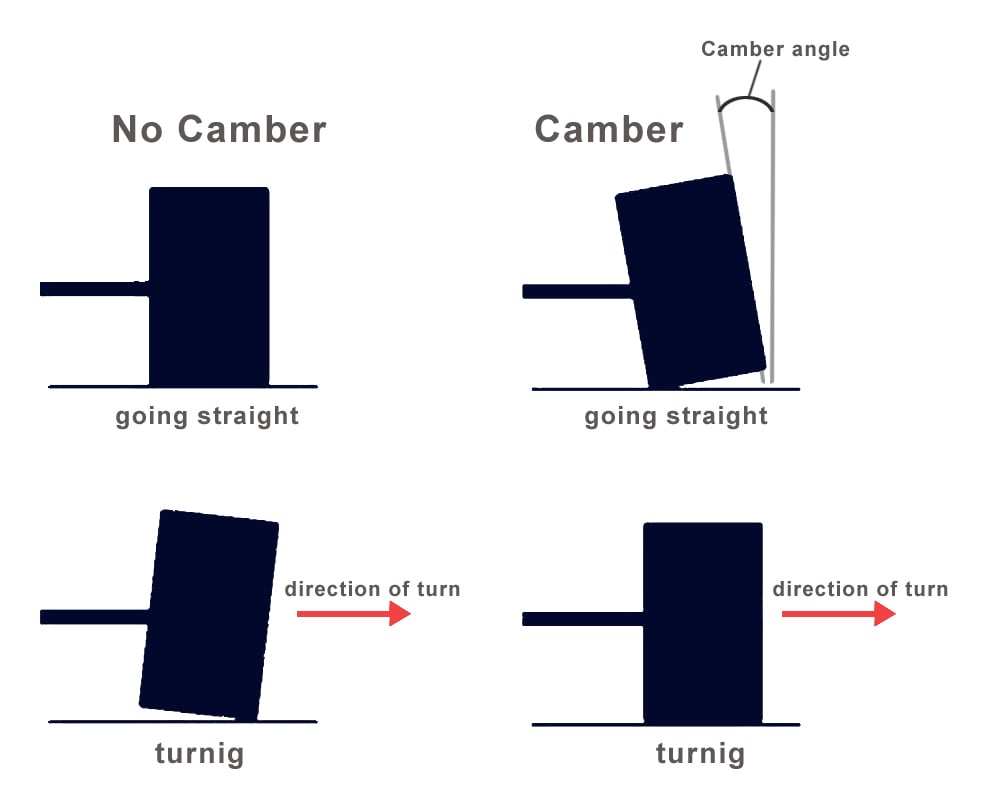
However, when the vehicle turns, the weight of the vehicle shifts to the outside edge of the outer wheels. Friction is a function of weight exerted by the vehicle on the ground, so the grip gets concentrated on the outermost edge of the outermost tire, greatly reducing the stability of the vehicle.
By introducing camber to the wheel, the contact patch that would otherwise be restricted to a small portion of the tire increases to a more rectangular configuration. This provides more grip, and consequently more stability, to the vehicle when turning.
General Camber Angles In Wheelchairs
When wheels are inclined in such a way that their tops are closer together, the camber is negative. Conversely, wheels that are closer together at the base are said to have positive camber. Wheelchairs have only zero or negative camber.
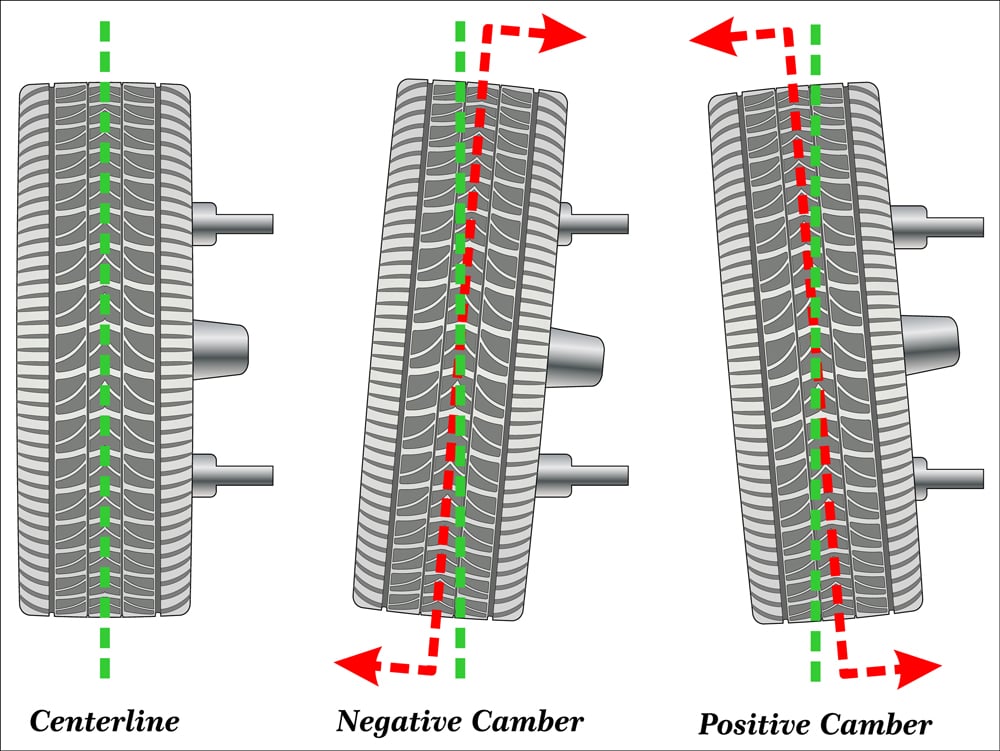
Depending on their use, wheelchairs may have camber ranging from as low as 3 degrees to as high as 15 degrees. While lower camber wheelchairs are more often found in domestic use, higher camber wheelchairs are used for performance-oriented applications.
Construction Of A Sports Wheelchair
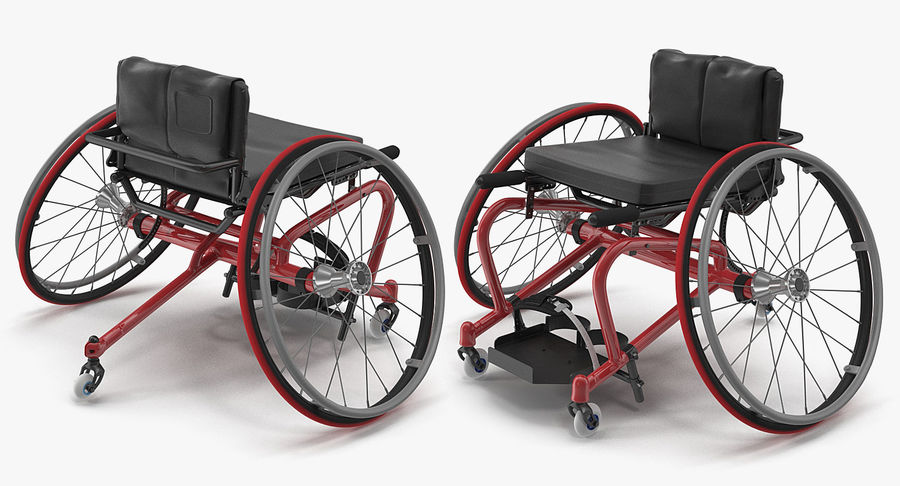
Sports wheelchairs can either be fixed or collapsible, depending on their design. Unlike conventional wheelchairs, which are made of steel, sports wheelchairs are usually made of lighter metals, such as aluminum and titanium. Composites like carbon fiber can also be used. While they may look like fancy derivatives of their domestic counterparts, sports wheelchairs have added utility. A brief outline of their construction provides some valuable insight.
1. Frame
The frame is rigid and consists of several main and cross members that are capable of maintaining the shape of the wheelchair while absorbing a wide range of forces transmitted from the ground.
2. Castors
Castors are the front wheels responsible for steering the wheelchair. While they’re usually in the same plane as the rear wheels on normal wheelchairs, they are placed closer together on sports wheelchairs. Some may even have just one castor.
3. Camber Wheels And Push-rims
The highlight of performance wheelchairs, camber wheels are responsible for the movement of the wheelchair at high speeds with relative ease. The camber and placement of push-rims enhances the ease of propulsion.
4. Anti-tip Castors
A rear wheel located behind and between the camber wheels is added to prevent the wheelchair from tipping over in case the parathletes bend backwards.
5. Seat Belts
Seat belts are present at the waist and calf level to safely secure athletes in place.
Advantages Of Wheelchair Camber
Adding camber does more than add to the appeal of the wheelchair; it provides many functional advantages too:
1. The wider footprint makes the wheelchair more stable, reducing any risk of overturning.
2. Adding camber has been observed to improve both the ergonomics and acceleration of wheelchairs, making it conducive for extended use in sports without inducing too much fatigue.
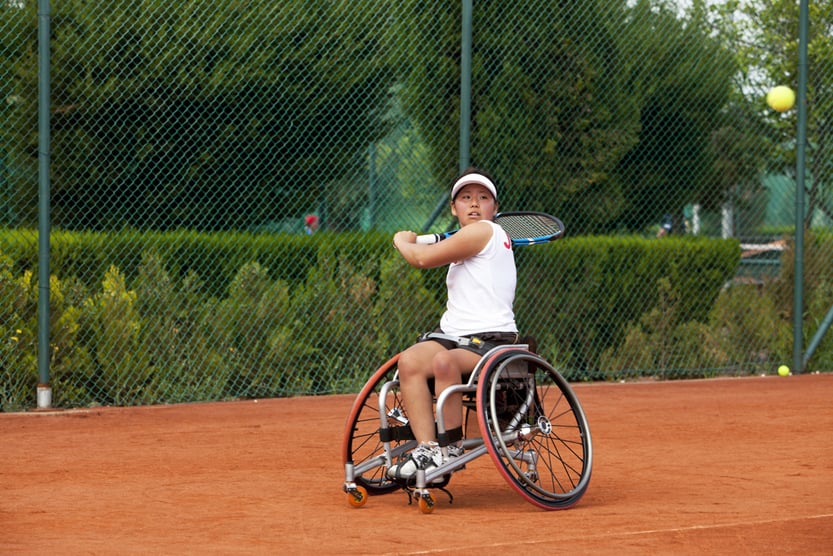
3. The reaction forces from the ground are much better distributed, reducing the amount of shock that is transferred to the user when traversing uneven terrain.
4. By placing the upper part of the wheels closer to the user than the lower part, the shoulder joints are much more closely aligned to the wheel plane. This reduces the amount of strain a person experiences when pushing the wheelchair, making it suitable for extended use.
5. When moving through tight areas, the chances of chafing the hands against walls and doorframes is reduced significantly, as the upper part of the wheel is closer to the body, as compared to the lower part.
6. Adding camber shortens the turning radius of wheelchairs, enabling them to make quicker and tighter turns, which is a great competitive advantage in sports.
Disadvantages Of Wheelchair Camber
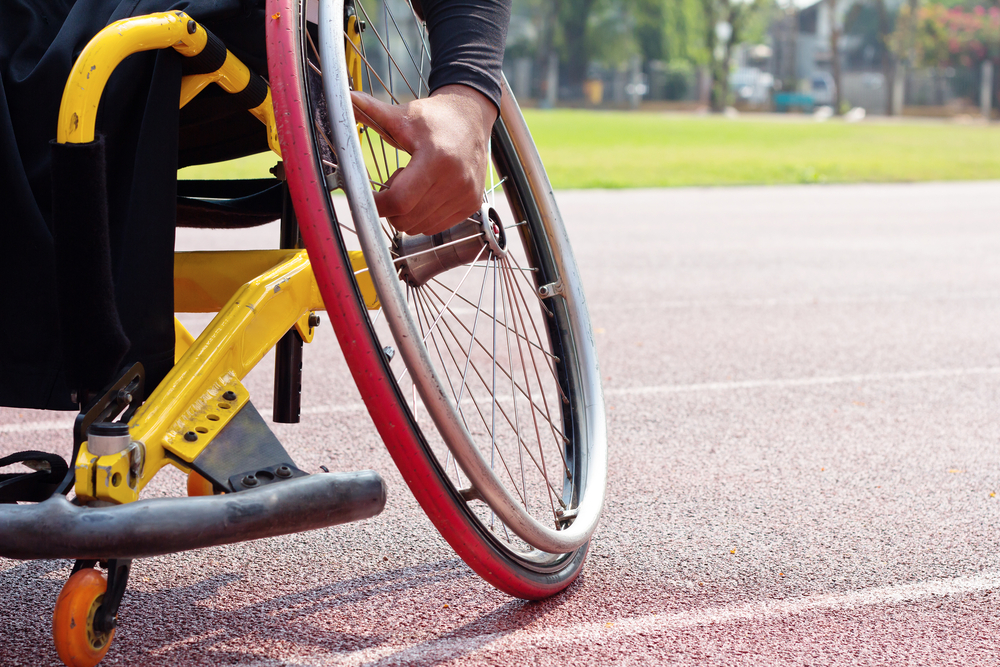
1. The overall width of the wheelchair increases. While the ergonomics are better suited for the user to navigate more comfortably, the overall increase in dimensions can restrict the number of spaces such a wheelchair can access.
2. High camber wheelchairs are quite complicated and expensive to manufacture, due to the use of specialized camber tubes and axle plates that help incline the wheels.
3. Adding camber causes accelerated wear of the tread, so it is not possible to use conventional tires. Specialist tires with asymmetrical distribution of their material must be manufactured, thereby adding to the cost and complexity of the wheelchair.
Thus, while it is easy to understand the benefits of adding significant camber to wheelchairs, the cost and complexity of their construction make them somewhat impractical for everyday use.

